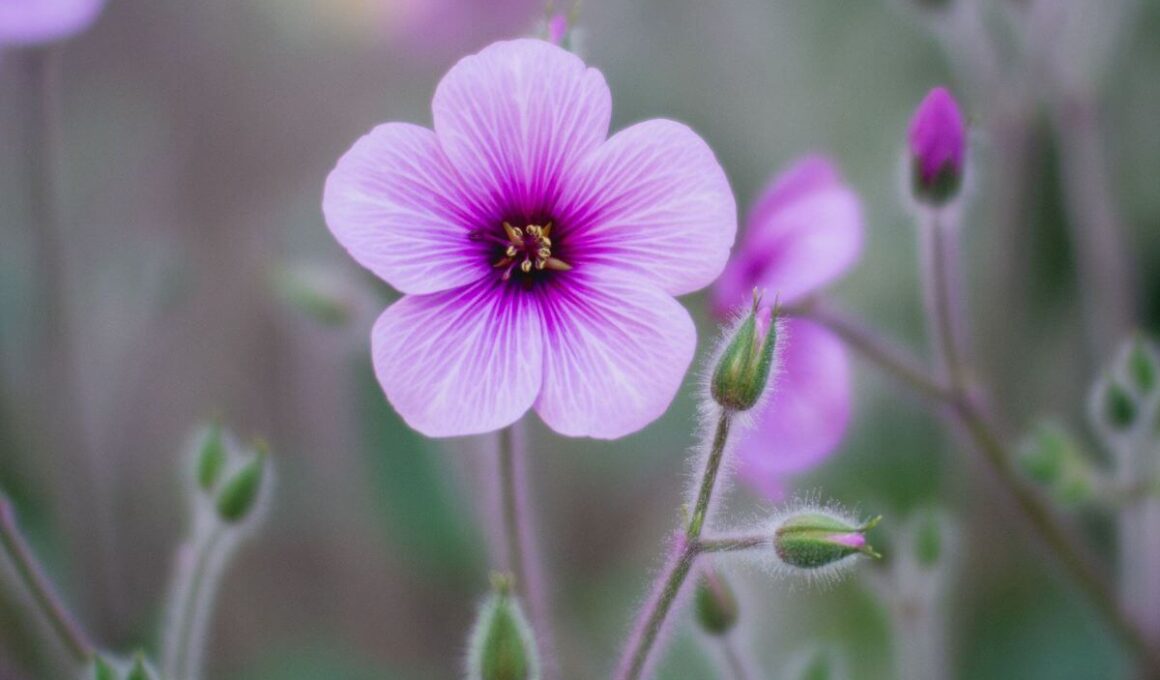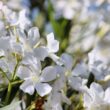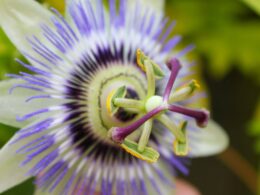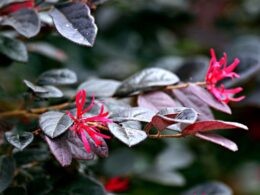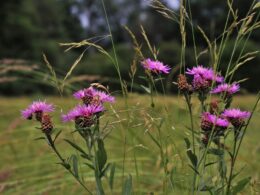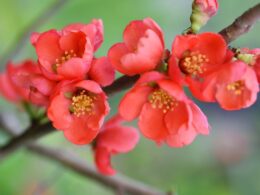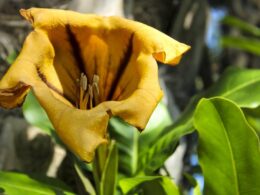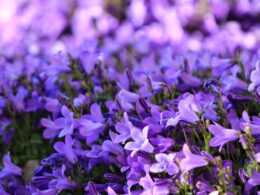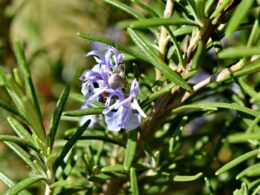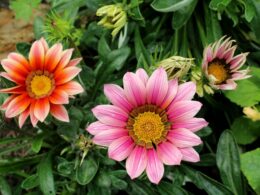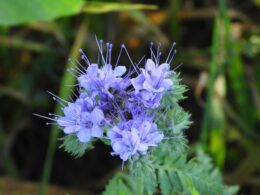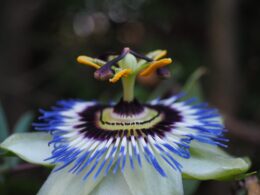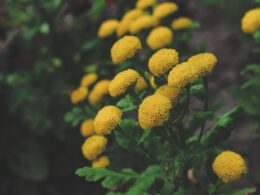About the Purple Jasmine Flower (Purple Cestrum)
The purple cestrum (Cestrum elegans), also known as bastard jasmine (or commercially as purple jasmine flower), is a shrub that is native to the tropics of the Americas. The plant typically grows up to 7 feet tall. It has clusters of small, purplish-red flowers that bloom continuously, peaking in spring and summer. They’re open during the day, which makes this species a ‘day blooming jasmine.’
This plant is not true jasmine (Jasminum), and it doesn’t even belong to the same family. The purple cestrum is related to orange jessamine (Cestrum aurantiacum) and early jessamine (C. fasciculatum) among others.
All these plants are known for their fragrant flowers. The purple cestrum’s fragrance is sweet and heady. You can enjoy the scent of this plant up close or from a distance. However, its leaves give off an unpleasant smell when damaged.
Types of Jasmine Plants That Are Close to Purple
If you’re looking for a true jasmine that blooms in purple, you’ll be disappointed. The only plant that can be called a purple jasmine flower belongs to the genus Cestrum. That said, there are two jasmine varieties that have pink or red flowers or buds:
- Jasminum polyanthum (pink jasmine vine) – its white flowers have red undersides and buttons, and its buds look pink from afar.
- Jasminum beasianum (red jasmine) – its buds and star-shaped flowers are deep pink or red.
As you can see, the purple cestrum is the only plant that can be called a purple jasmine. Even then, you’ll rarely find a cultivar that’s truly purple and not pink or red. One example is manufactured by Emerald Goddess Gardens.
Other jasmines, such as the star jasmine or Arabian jasmine, might have a slightly pinkish tinge to their buds or flowers. But they’ll always bloom in white.
Jasmine Flowers Turning Purple? Watch Out for Pests and Diseases!
If you’ve searched for the phrase ‘purple jasmine flower’ because your regular jasmine is turning purple, then you might have a problem. This usually happens in Arabian jasmine, and it’s caused by blossom midges (Contarinia maculipennis) or inadequate growing conditions.
For plants infested with pests, you’ll need to use insecticides. If the problem is lack of nutrients, then using a slow-release fertilizer high in phosphorus and nitrogen every 3 months should solve it. You might also need to change your plant’s location if it’s affected by too much heat or direct sunlight.
How to Grow Purple Cestrum and Care For It
The purple cestrum is an evergreen shrub, so it will keep its leaves (and bloom) all year long in warm climates (e.g., in southern California or Florida). It’s commonly grown in greenhouses in cooler regions. The plant can be propagated from seed, but it’s easier to grow it from cuttings.
You can plant purple cestrum in well-draining soil that’s rich in organic matter. The soil should be kept consistently moist – water your purple jasmine flowers once or twice a week. They prefer partial shade, especially in hot climates.
Pruning is important to maintain the plant’s shape and size. You can also prune it to encourage more blooms. Cut back about one-third of the purple cestrum’s stems every year after it blooms.
How to Propagate Purple Jasmine Flowers From Cuttings
One of the easiest ways to propagate purple cestrum is from cuttings. You can take them in the summer from semi-ripe wood that’s about half-hardened. Here are the steps:
- Fill a pot with well-draining soil and moisten it.
- Use a sharp knife to take cuttings that are about 4-6 inches long.
- Remove the leaves from the bottom half of each cutting.
- Dip the cut end in rooting hormone (this step is optional).
- Insert the cuttings into the potting mix.
- Place the pot in a warm spot that gets indirect sunlight and keep the soil moist.
The cuttings should root and start growing in a few weeks, at which point you can transplant them into individual pots. You won’t need to buy new purple jasmine plants ever again, which is great because they’re so rare!
Using Purple Cestrum in Greenhouses and Gardens
The purple cestrum is a beautiful plant that can add color and fragrance to any garden. It’s often used as an ornamental shrub in greenhouses, gardens, and public parks. The plant can also be grown indoors in a pot.
In a greenhouse, it can grow up pillars and rafters, adding a splash of color and scent. If you live in an area with hot summers, you can use purple jasmine as a wall shrub in a sheltered garden. The purple cestrum is also a good choice for an informal hedge. It can reach up to 10 feet in height, so make sure you have enough space for it to grow.
Another way to use purple jasmine flowers is in hanging baskets. They’ll add a beautiful pink or purple color and sweet fragrance to any room. Just be careful not to overwater them, as they can be affected by root rot.
That’s all you need to know about purple cestrum! We hope this article has answered all your questions. If not, feel free to leave a comment below.





